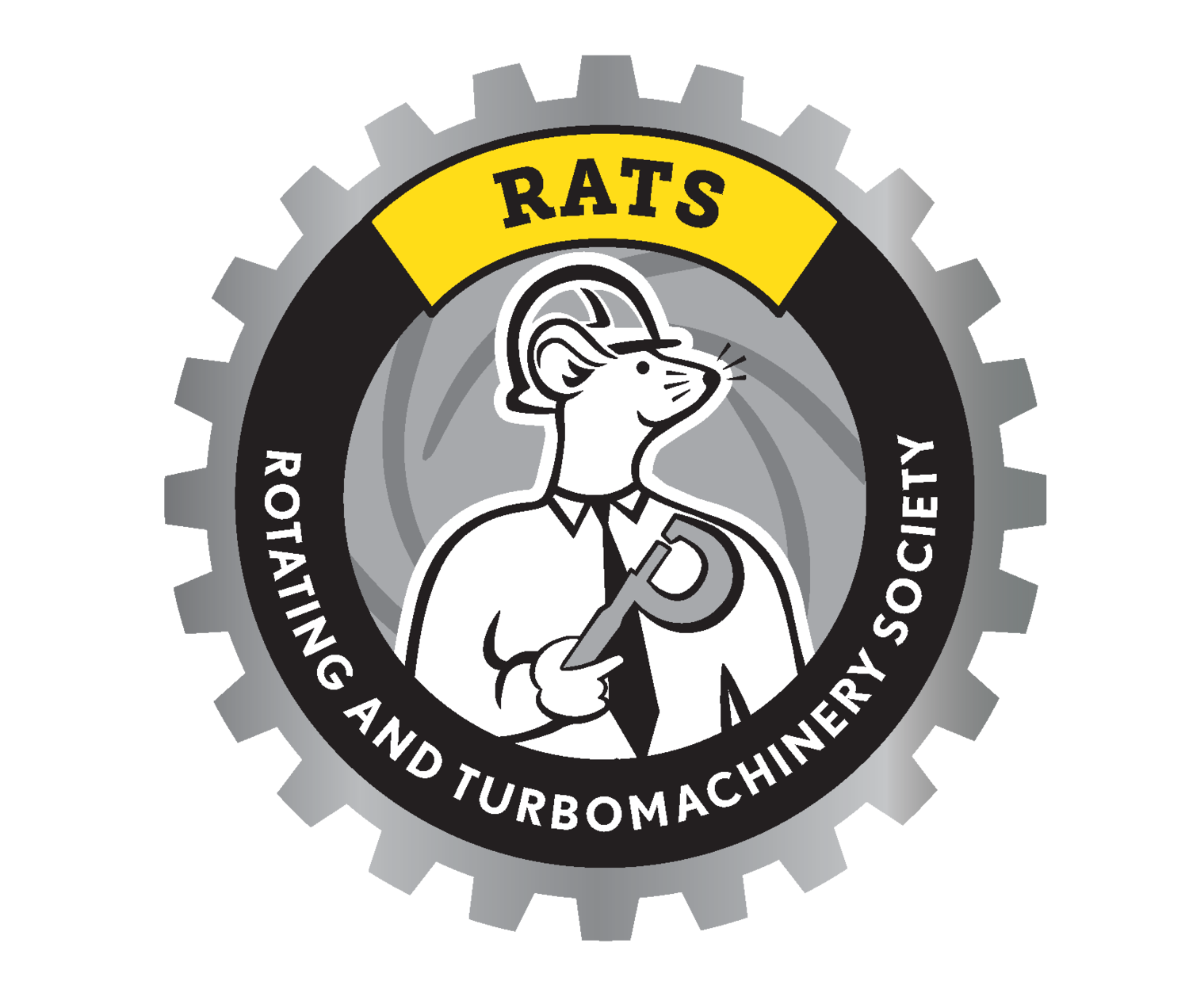Topic:
Diagnosing and Solving Structural Resonance Issues
Presenter(s):
-
Kyle has been the general manager of Hydro Reliability Services for 10 years, based in Colorado, where he is responsible for:
• Pump Improvement Engineering
• On site pump performance testing
• Principal Vibration Analysis resource for Hydro Globally
• Thermographic imagery
• Hydraulic and Mechanical troubleshooting
• Experimental Modal Analysis
• Operating Deflection Shape
• Structural Analysis
• Finite Element Analysis
• Motor current diagnostics
• Warranty Evaluation
• Sales and growth development of the business model
Prior to that, he was the Operations Manager at Hydro East in Philadelphia and has also gained experience at a few other well known pump manufacturers since 1999.
He has a Mechanical Engineering degree from the University of North Dakota and is a Level IV Vibration Analyst.
Details:
Half-day (4-hour) interactive workshop
Exact time: 1:00PM to 5:00PM
Description:
Structural resonance is a condition that is often misdiagnosed and commonly goes undiagnosed, resulting in persistent high amplitude vibration issues for long periods. Resonance typically results in highly directional vibration and increased amplitudes that can be difficult to resolve without the proper engineering approach.
This presentation will focus on methods for diagnosing resonance and technology available to develop effective solutions. Material presented will be supplemented by case studies where resonance was detected in the field, including the process for diagnosis of the offending resonant mode, the solution development process, and a comparison of operating conditions before and after solution implementation.
-
This case study is of resonance in a boiler feed pump application at a combined cycle plant. In this case, two boiler feed pumps were exhibiting high vibration at 4 x the operating speed of the equipment, which coincided with the vane pass frequency of the first stage impeller. Because of the directional nature of the vibration, resonance was suspected and impact testing performed while the equipment was operating. A resonant mode was confirmed at approximately -9% separation from the 1st stage vane pass, less than the minimum 15% separation recommended. After observing that all four feet of the pump were fully torqued and the thermal expansion gibs not installed, both thrust end feet were released to attempt to detune the installation. This increased the margin of separation, but the vibration levels were still slightly above the alarm level at 0.30 – 0.35 IPS 0-Peak overall.
To better understand the natural frequencies present below 800Hz and their associated mode shapes, an offline modal analysis was performed. This required installation of 18 triaxial accelerometers on the pump casing and bearings housings and use of a 3lb PCB modal hammer to impact the structure and provide excitation. The captured data was used to animate the structure. Several options were provided to the plant to bring the vibration into an acceptable range. The decision was made to implement a solution that did not require removal of the equipment from service- installation of two dynamic vibration absorbers (DVA). This solution effectively reduced the vibration from the original 1.0 IPS 0-Peak down to 0.11 IPS 0-Peak without removing the pump from the field.

